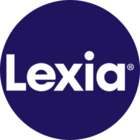Accessibility Enhancements to LETRS
Overview
This article describes the accessibility enhancements made to LETRS training materials.
Applies to: Educators and course managers who have accounts in Lexia® LETRS®, Lexia® LETRS® for Early Childhood Educators, and/or Lexia® LETRS® for Administrators.
Accessibility Features
LETRS training materials have been adapted to meet WCAG 2.0 Level AA accessibility standards. LETRS now includes closed captioning in videos, audio transcripts, and screen reader support.
Accessibility features in LETRS materials include the following:
-
Screen reader support for online content and downloadable PDFs
LETRS has been optimized for use with screen readers. The instructions in this document apply to NonVisual Desktop Access (NVDA), a free, open source screen reader for the blind and visually impaired. Visit nvaccess.org for more information or to view the user guide.
-
Online images, charts, and photos with short alternative text and, where appropriate, long descriptions
-
Video files with closed captioning and audio files with transcripts
-
Color contrast in all materials
How to use a screen reader to access online content
Log in to your LETRS course, and open your screen reader.
The following instructions apply to the NVDA screen reader. By default the NVDA key is your keyboard’s numpad Insert or main Insert key.
Navigating Sessions
-
The screen reader reads the content that is under the mouse as you move it around the screen.
-
To navigate through selectable options, select Tab or the ↓ (down arrow).
-
To hear the screen reader read text and tables in the activity pane, select the ↓ (down arrow).
-
To navigate to the next table, select t.
-
To navigate to the next graphic (photo or image), select g.
-
To close NVDA, select NVDA + q.
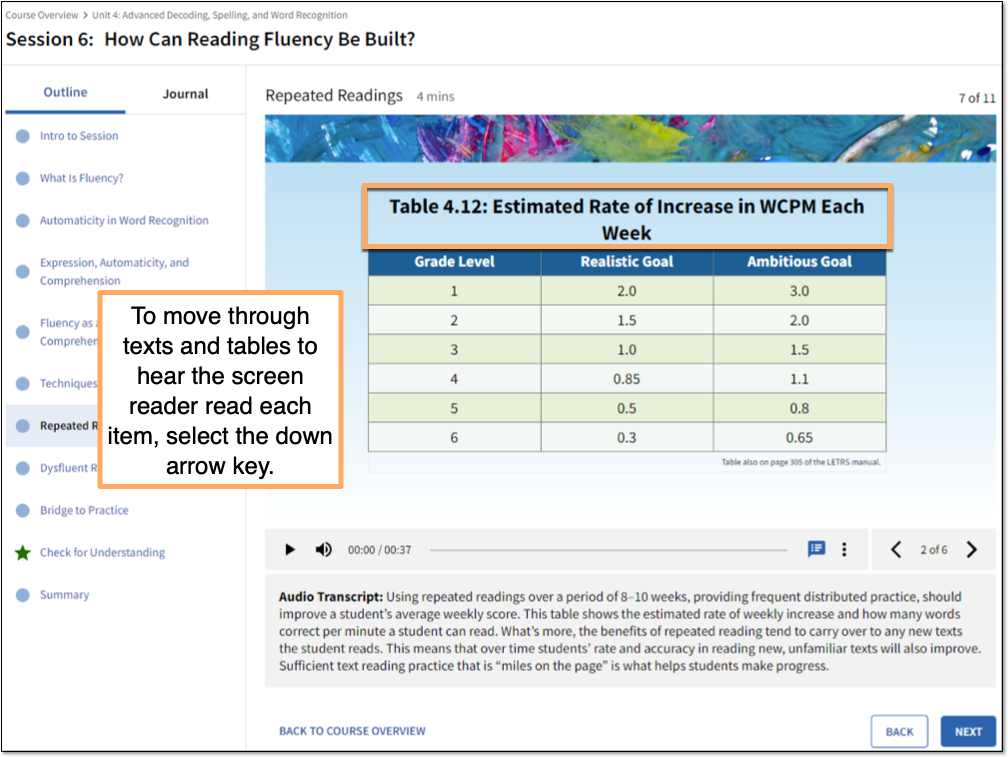
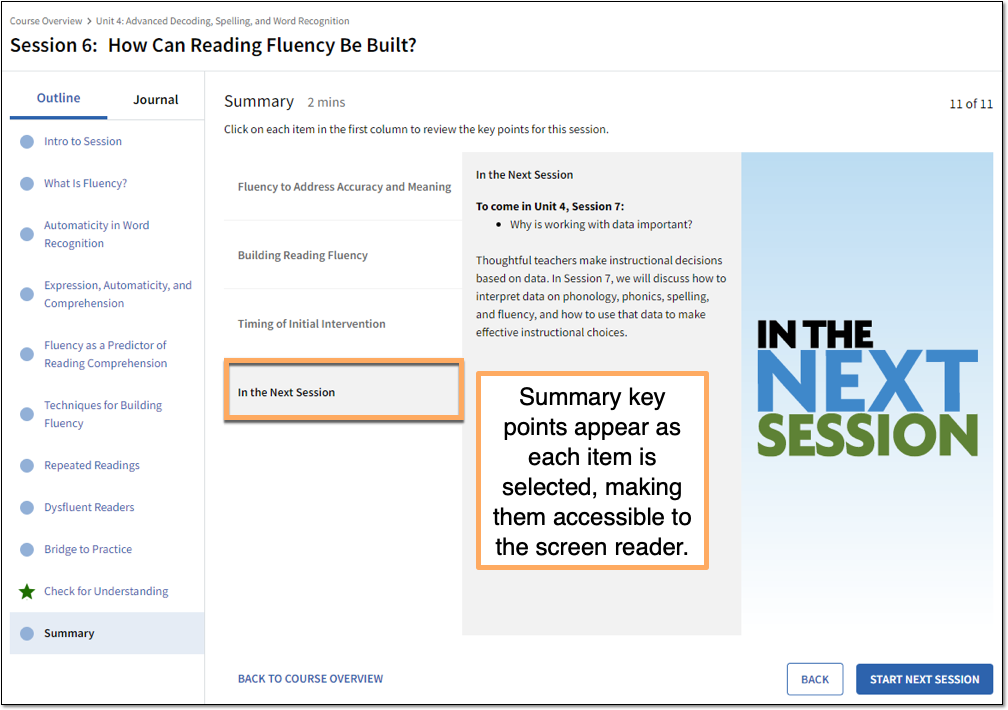
Accessing Images
-
To hear a short, alternative text description, select g or hover the cursor over the image.
-
To view an image's long description, when available, select the three-dot Other Options menu, then select Show Image Description.
-
To hear the screen reader read the image description, select the ↓ (down arrow).
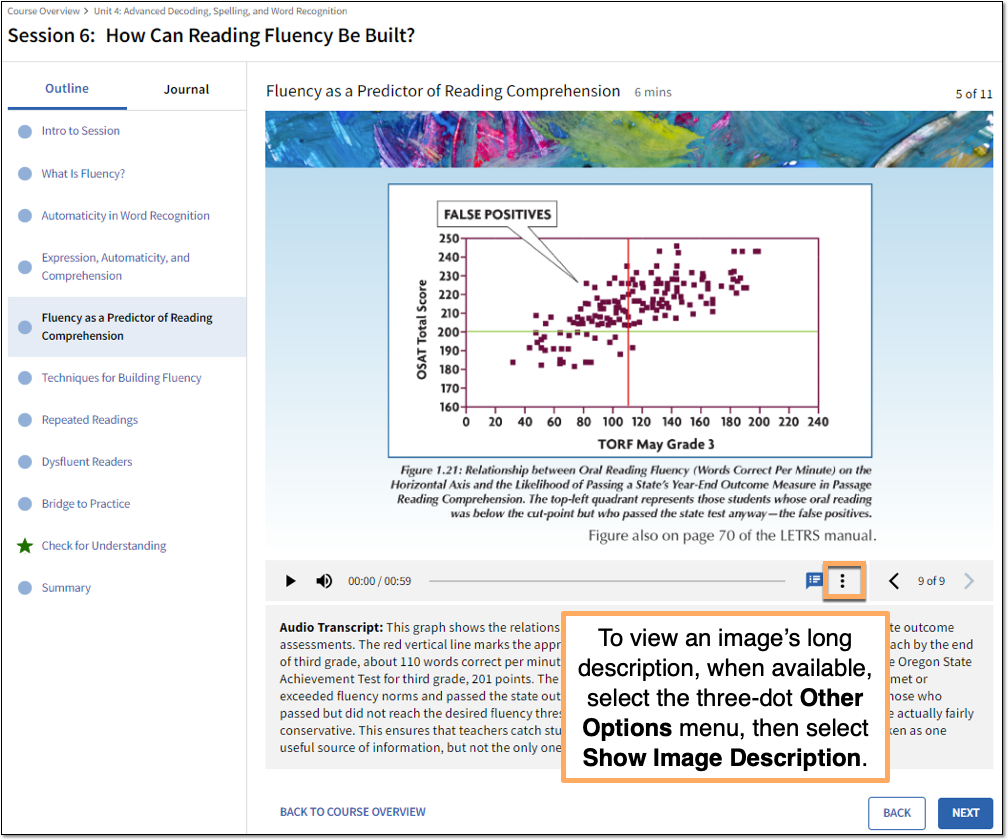
Accessing Audio Transcripts
-
The Audio Transcript states exactly what the audio file says. To open the Audio Transcript, select the Comment icon.
-
To hear the screen reader read the Audio Transcript, select the ↓ (down arrow).
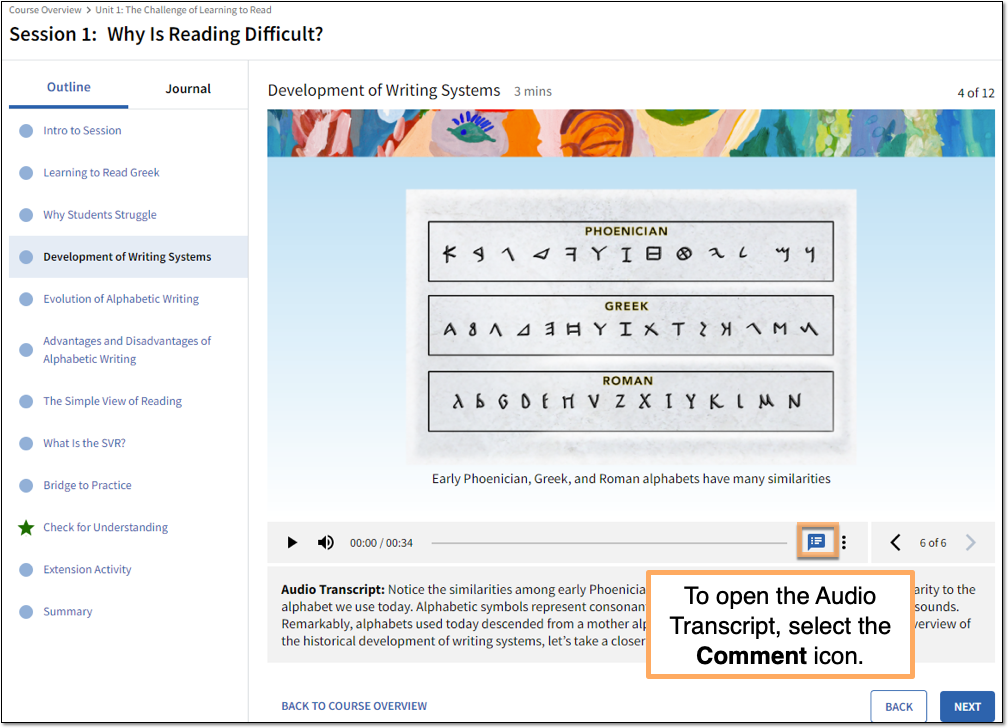
How to use a screen reader to access downloadable PDFs
Download and open a PDF on your computer, then open your screen reader.
The following instructions apply to the NVDA screen reader. By default the NVDA key is your keyboard’s numpad Insert or main Insert key.
The below sample video shows the NVDA screen reader reading a page from a LETRS Participant Handout.

